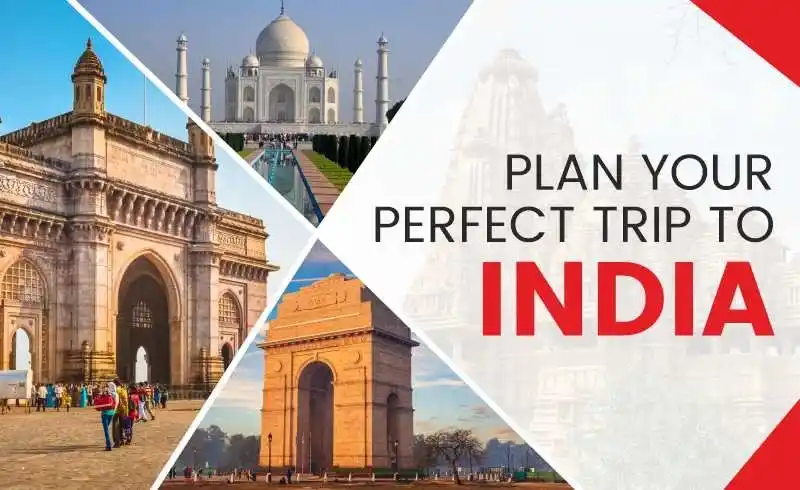
Firstly congratulations on finalising your trip to India, the first most important step into one of the most unforgettable travel experiences of all time , is all done. Next up on the list is jotting down (or creating an excel sheet, whichever suits you) all the main touch points of your trip to India .
Planning a trip to India can feel overwhelming, with its sheer size, diversity, and countless experiences. From snow-capped Himalayas to sun-drenched beaches, bustling cities to peaceful villages, India has something for every type of traveler. But where do you start? This step-by-step guide to planning your perfect trip to India breaks down everything you need to know, ensuring your India journey is smooth, memorable, and full of wonder.
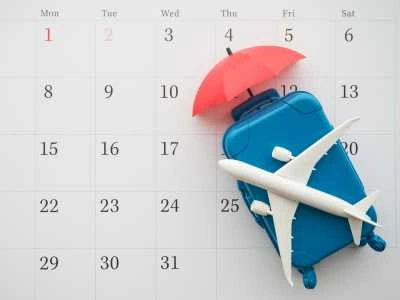
As you start searching for destinations for your trip to India, begin with the duration of your trip to India and the ideal season that would help you in experiencing India in the best way possible. Although, India is a year-round destination, the best time depends on where you want to go:
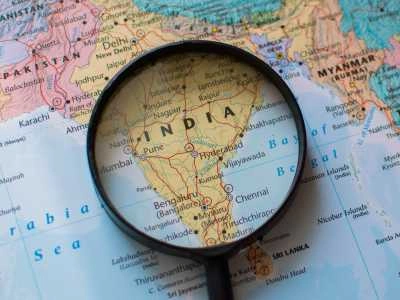
Now as any seasoned/first-time traveller, the first thought rather preference would be to explore India according to certain goals that you have in mind in regards to your trip to India.
For First-Timers: The Golden Triangle—Delhi, Agra, Jaipur.

Before travelling to any country, it’s absolutely mandatory to go through the visa legalities and similarly before your trip to India, it would be best to get in touch with a travel agency who will guide you with the legalities.
Few things to keep in mind:
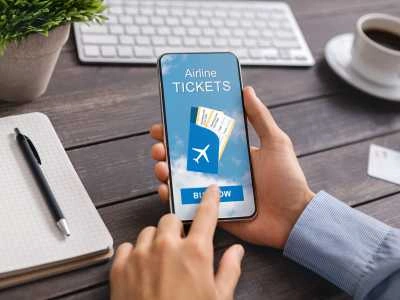
Booking flight tickets is almost, every time a hectic experience and if you are planning a trip to India, in the very last moments then it’s best that you consult with a travel agent to help you with the same. Otherwise, it should be pretty easy to book your India trip tickets well in advance, and when you do so keep these tips in mind:

Duration of your trip to India completely depends on your personal preferences and how much time you can carve out to explore prime tourist destinations in India. While most of them can be explored in a short span of time, some of the tourist destinations in India might require more time to be enjoyed properly.
After you are done finalizing the destinations make sure that you keep these tips in mind to help you in zeroing in on the duration of your trip to India:

Accommodations are next on your ultimate step-by-step guide to plan your perfect trip to India. Depending on your budget preferences and how long the trip will last you can choose from luxury hotels and palaces to budget hotels and homestays:
Tip: Book popular stays 1–2 months in advance, especially in high season.
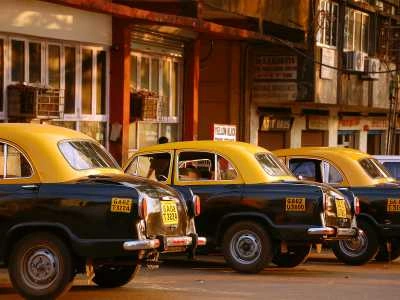
Although most of the tourist destinations in India are well-connected and have several modes of transport, it’s important to keep in mind that local modes of transport and connectivity might differ from location to location.
While you can pre-plan most parts of transportation, it’s always good to surf for apps or travel agencies who can do the entire booking deals on their own and provide you with special travel packages especially if you are a first-time visitor to India. Rest assured you can always rely on the following resources for a hassle-free trip to India:
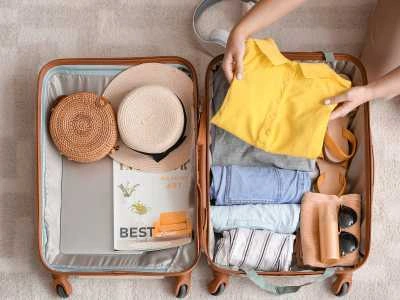
India is a tropical country and most of the states in India experience a mix of weather which can go from hot, to cold to wet in a matter of time. It’s best to pack clothes according to the season that you have chosen to visit India, for example if you wish to visit India during summers (peak summers, absolutely not advisable), then make sure that you pack light fabrics like cotton and linen. If it is winter (very best to explore), then pack up warm wooly clothes as it gets really cold in some parts of India with temperatures sometimes dipping to – degrees (celsius).
Plan your trip to India in accordance with seasons, pack your bags accordingly and keep these tips in mind:
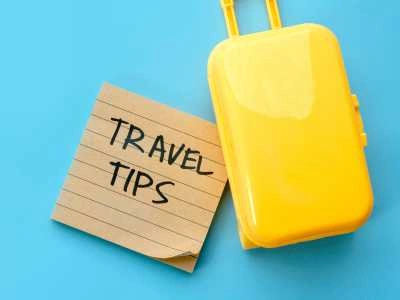
India will bring in a lot of cultural shock for you, even after you google up all possible information that is available on the internet. It’s best to be prepared for whatever antics might come across your way while you are on your trip to India and these handful of tips will help you in doing so:
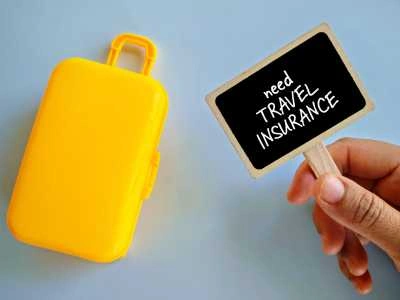
Often overlooked yet one of the most important aspects of travelling anywhere is definitely travel insurance. It is advisable and best if you connect with viable travel agents or other reliable sources to acquire travel insurance as it’s best to be prepared for unforeseen circumstances rather than having unpleasant experiences while on your trip to India.
This is why it is of utmost importance that you go for a reliable travel insurance package added to your trip package:

India being a tropical country and populated to the brim has several endemic diseases that require mandatory vaccinations for safeguarding against these diseases. You being new to a completely different environment, being vaccinated is the most important step while you step into your trip to India.
These are the few reasons why it is superbly important:
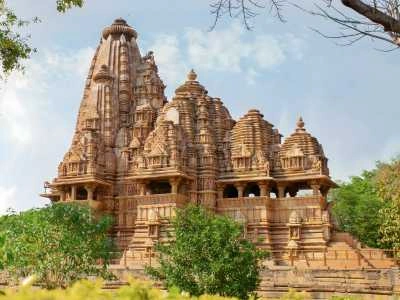
While you’re on your trip to India make sure that you relish like a local. Experience India’s cultural offerings as intimately as possible, and leave with a bunch full of memories to last a lifetime. Here are a few tips to help you with an immersive “India” experience:
Planning a perfect trip to India may seem daunting, but with the right steps, it becomes a journey full of joy, discovery, and lifelong memories. From choosing the right India travel destinations to understanding local customs, this guide covers every aspect for first-timers and seasoned travelers alike.
So, pack your bags, plan smart, and get ready to explore some of the best travel locations in India that promise magic at every corner.
You are one step closer to having the best journey of your lifetime! Talk to us, write to us all that you have envisioned for your India trip, and one of our travel experts will connect with you on priority. To help you explicitly we have WhatsApp and Email addresses!